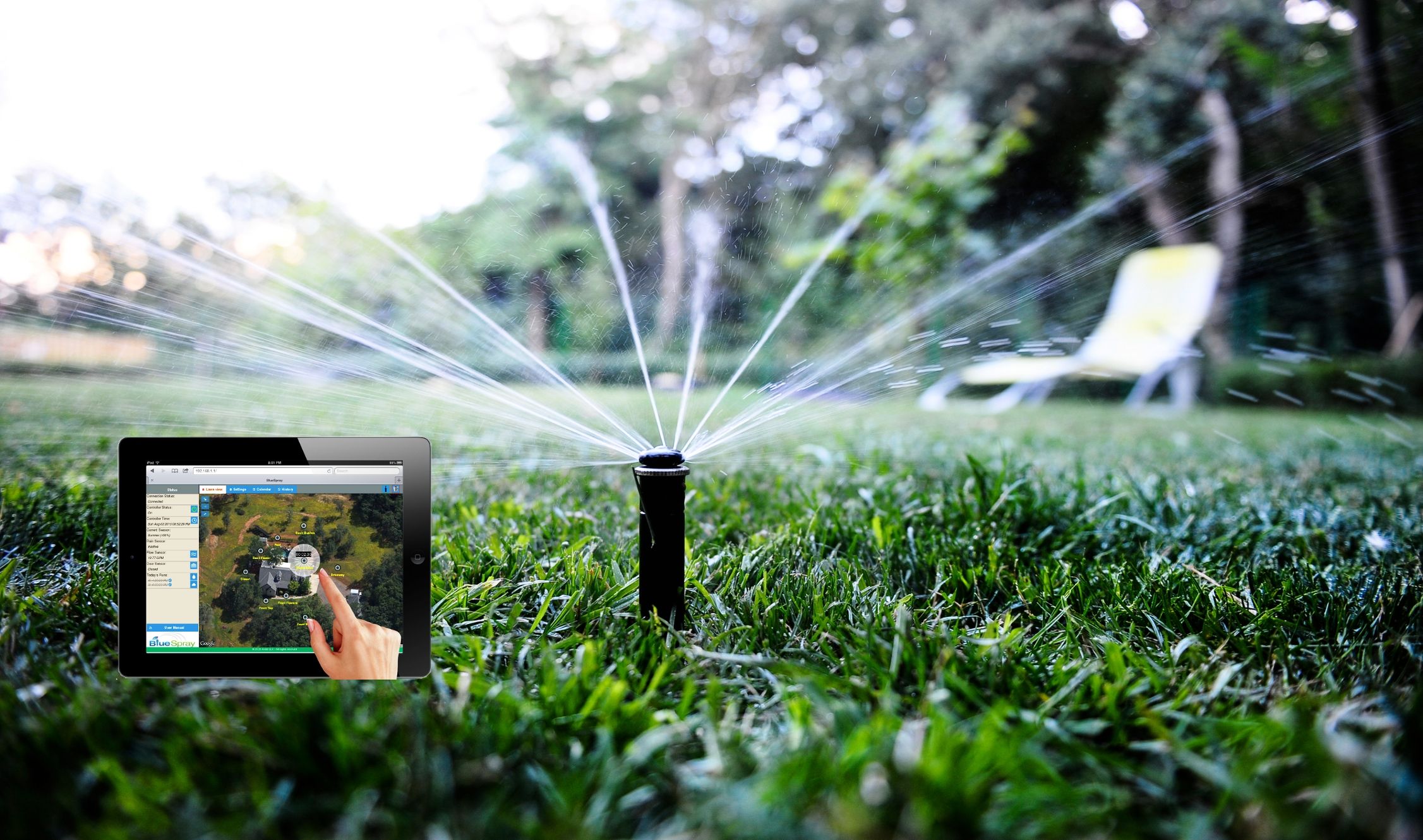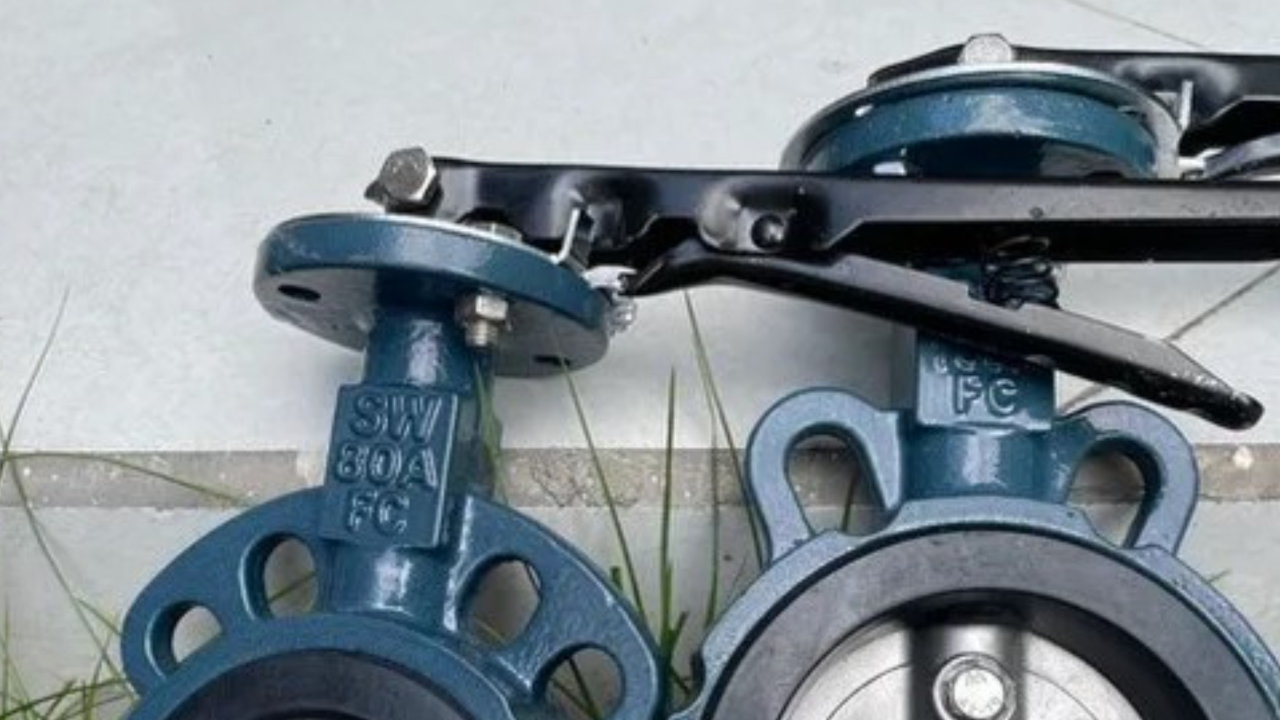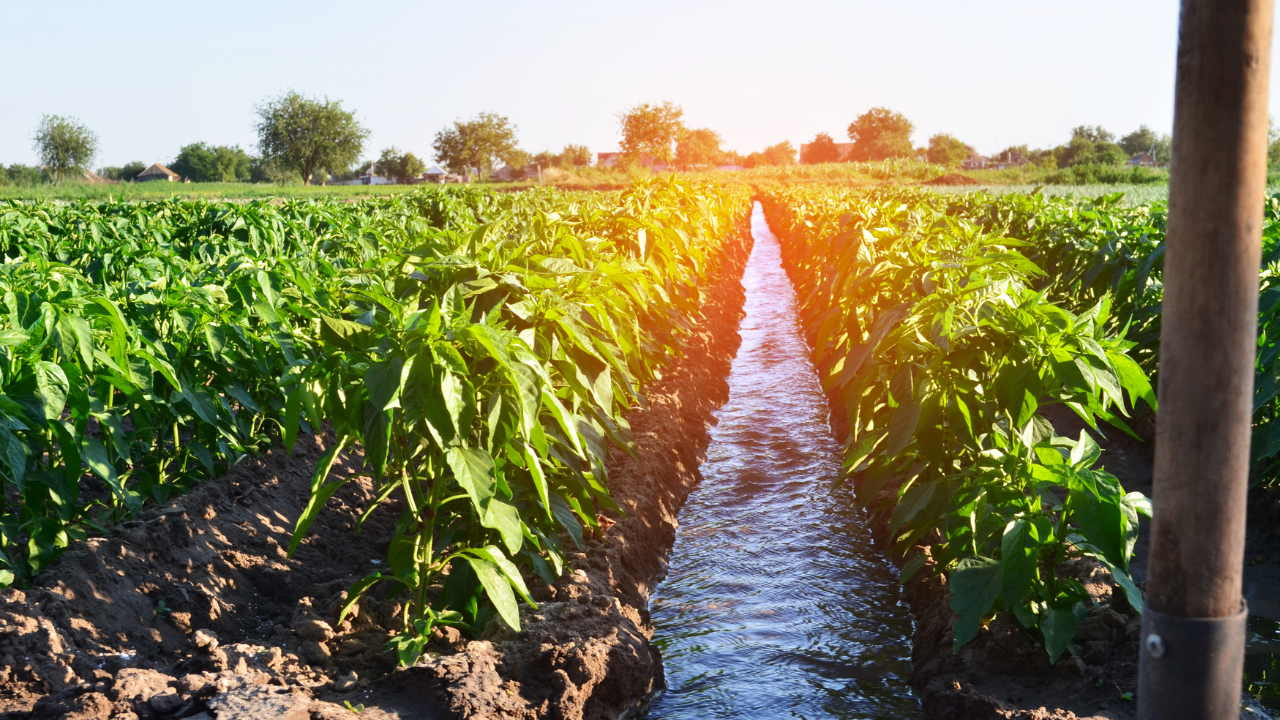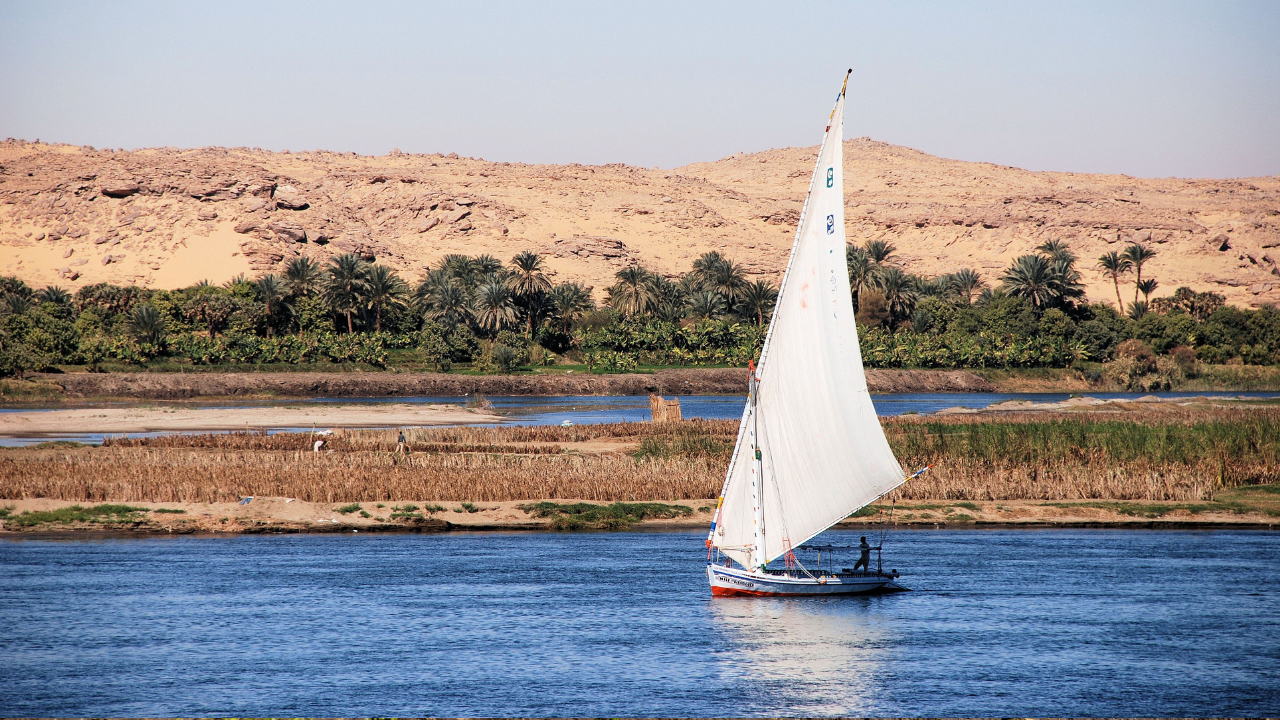Introduction to Irrigation Systems
Water is one of the most crucial resources in agriculture, playing a vital role in crop production and sustainability. Effective irrigation practices are essential for maximizing agricultural yield while minimizing water wastage. This article explores the two main types of irrigation systems: traditional and smart. By analyzing their advantages, disadvantages, and impact on water management, farmers can make informed decisions that best suit their needs.
Traditional Irrigation Systems
Traditional irrigation methods have been utilized for centuries, often adapted to local conditions and crop types. The most common traditional systems include:
- Flood Irrigation: This method involves flooding the fields with water, allowing it to seep into the soil. It is straightforward and requires minimal equipment, making it popular in regions with abundant water sources.
- Sprinkler Irrigation: This system disperses water through a network of pipes and pumps, simulating rainfall. Sprinkler systems can be stationary or mobile, providing flexibility in water application.
Smart Irrigation Systems
Smart irrigation represents a significant advancement in agricultural technology. These systems utilize modern tools and techniques to optimize water usage, including:
- Sensor-Based Drip Irrigation: This method employs sensors to monitor soil moisture levels and deliver water directly to the roots of plants. This precision reduces waste and ensures crops receive adequate hydration.
- Weather-Based Irrigation Controllers: These systems use real-time weather data to adjust watering schedules, preventing over-irrigation during rainy periods.
- Automated Irrigation Management Systems: Some advanced solutions integrate multiple technologies, offering farmers a comprehensive approach to water management.
Advantages and Disadvantages
Traditional Irrigation Systems
Advantages
- Lower Initial Cost: Traditional irrigation methods typically require less investment in infrastructure, making them more accessible for small-scale farmers or those with limited budgets.
- Ease of Use: These systems often do not require advanced technical skills or specialized training, allowing farmers to implement them quickly and effectively.
- Familiarity: Many farmers have experience with traditional methods, which can reduce the learning curve associated with adopting new technologies.
Disadvantages
- Significant Water Waste: Traditional irrigation methods can lead to substantial water loss through evaporation, runoff, and inefficient distribution, particularly in flood irrigation.
- Inefficient Water Distribution: Flood irrigation can result in uneven moisture levels across the field, causing some areas to be overwatered while others remain dry.
- Difficulty Adapting to Changing Weather Conditions: Traditional systems lack the adaptability to respond to variable weather, which can lead to crop stress or damage during droughts or heavy rainfall.
Smart Irrigation Systems
Advantages
- High Efficiency in Water Use: Smart irrigation systems are designed to apply water precisely where and when it is needed, significantly reducing overall water consumption.
- Reduced Water Loss: By minimizing evaporation and runoff, smart systems ensure that a greater percentage of the water applied reaches the plants.
- Monitoring and Automated Control: Real-time data collection allows farmers to monitor conditions and automate irrigation, enhancing performance and crop health.
- Sustainability: These systems promote sustainable farming practices by conserving water resources, which is critical in regions facing water scarcity.
Disadvantages
- Higher Initial Investment Cost: The initial costs associated with smart irrigation systems can be a barrier for some farmers, particularly in developing regions.
- Need for Technical Skills: Operating and maintaining smart systems may require a certain level of technical knowledge, which can be a hurdle for farmers without access to training.
- Complexity: The integration of multiple technologies may complicate the irrigation setup, requiring careful planning and management.
Data Analysis and Statistics
Water Efficiency Comparison
Statistics reveal a stark difference in water efficiency between traditional and smart irrigation systems. According to research conducted by the Environmental Protection Agency (EPA), smart irrigation can lead to water savings of 30% to 50% compared to traditional methods. For example, a study from the University of California found that farms utilizing smart irrigation systems reported water savings of 40% while maintaining crop yields.
Case Studies
Here are a few examples of farms that have successfully implemented smart irrigation:
- Case Study: XYZ Farms: Located in California, XYZ Farms transitioned from flood irrigation to a sensor-based drip irrigation system. After one year, they reported a 40% reduction in water usage and a 20% increase in crop yield.
- Case Study: ABC Vineyard: ABC Vineyard implemented weather-based irrigation controllers and experienced a 30% reduction in water consumption while improving grape quality.
- Case Study: Greenfields Organic Farm: Greenfields adopted a combination of soil moisture sensors and automated irrigation systems, recording a 25% increase in crop yield and a 45% reduction in water use.
Economic Impact
Investing in smart irrigation technologies can result in significant economic benefits for farmers. The reduced need for water translates to lower utility costs, while increased crop yields can lead to higher revenues. A report by the International Water Management Institute indicated that every dollar invested in irrigation efficiency can yield up to $5 in agricultural production.
Factors Influencing the Choice Between Systems
- Type of Crops and Agricultural Environment: Different crops have varying water requirements, influencing the choice of irrigation method.
- Available Budget for Investment: Financial capacity is a key factor in deciding between traditional and smart systems.
- Need for Sustainable Water Use and Modern Technologies: Sustainability is becoming increasingly important in agriculture.
- Access to Training and Support: Availability of training programs can influence the adoption of smart irrigation technologies.
- Market Demand and Consumer Preferences: Understanding market trends can guide farmers in their irrigation choices.
Conclusion
In conclusion, both traditional and smart irrigation systems have their distinct advantages and disadvantages. Traditional methods are generally more accessible and cost-effective, making them suitable for certain environments and crop types. However, they often lead to significant water waste and inefficiencies that can jeopardize long-term sustainability.
Conversely, smart irrigation systems offer enhanced water efficiency, reduced losses, and the ability to adapt to real-time conditions. While the initial investment may be higher, the long-term benefits—including increased crop yields, reduced water costs, and improved sustainability—make them a compelling option for many farmers.
As the agricultural landscape evolves, it is crucial for farmers to assess their unique circumstances and choose the irrigation system that best meets their needs. At Alhandasih.com, we provide a wide range of high-quality irrigation hoses and supplies, designed for both traditional and smart systems. Our products are crafted to help farmers maximize efficiency and sustainability in their irrigation practices.
By investing in modern irrigation solutions, farmers can contribute to a more sustainable agricultural future while enhancing their productivity and profitability. Explore our offerings today and take a step towards smarter water management for your crops.



